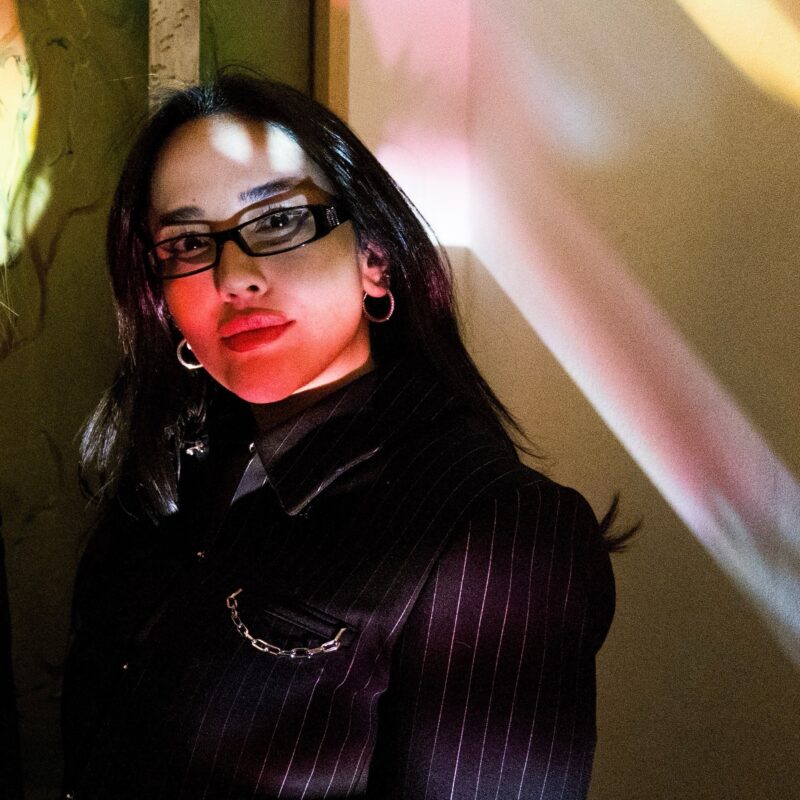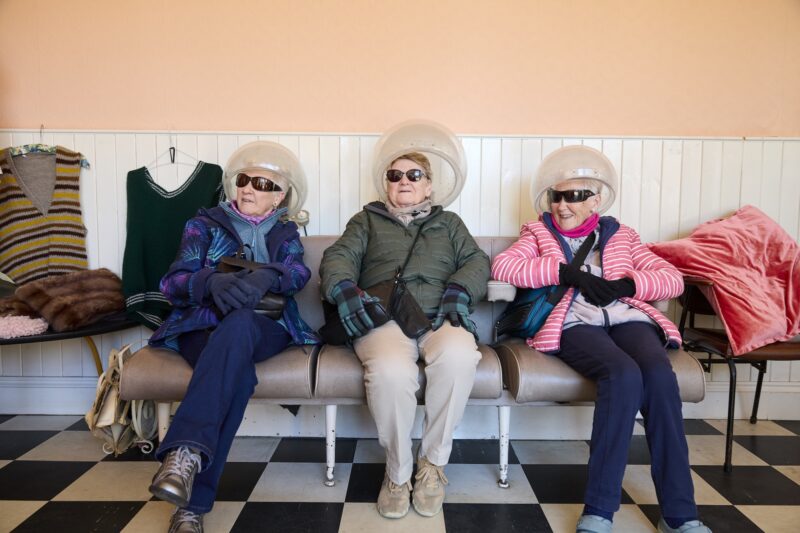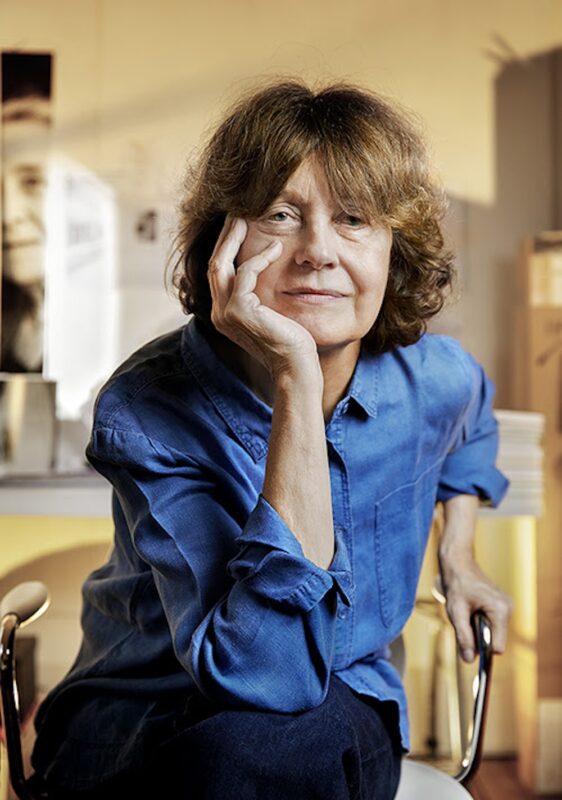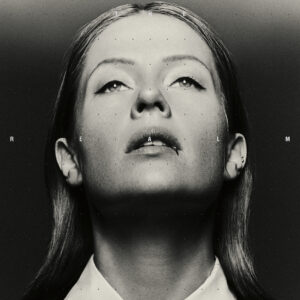
The internationally celebrated artist Anselm Kiefer has been awarded The Queen Sonja Lifetime Achievement Award, the world’s most important prize for printmaking, it was announced today.
Kiefer will be presented with the Award by Her Majesty Queen Sonja at an Award Ceremony which will be held in Bodø, European City of Culture 2024 on 5th & 6th June 2024. He joins past winners of the Award: David Hockney (2018), Paula Rego (2020) and William Kentridge (2022).
The QSPA Lifetime Achievement Award is a celebration of an artist’s career and lifetime contribution to graphic art and printmaking. Anselm Kiefer is an artist whose pioneering and unique use of woodcuts has played a central role in his work. He incorporates woodcuts into paintings, collages them together to create works that rival the grand scale of his paintings and uses them in his many artist’s books.
HM Queen Sonja said:
It is a great honour for the QSPA board to present Anselm Kiefer with the Lifetime Achievement Award for his distinguished contribution to the art of printmaking through a long and outstanding career.
The Queen Sonja Art Foundation will announce two other awards in May: The Queen Sonja Print Award 2024, presented to an outstanding, often young artist who has excelled in the field of printmaking, and The QSPA Inspirational Award for an emerging Nordic artist.
HM Queen Sonja of Norway is herself an accomplished artist and a highly regarded printmaker. A passionate believer in the importance of art in everyone’s lives, a key aim of the Award is to make art accessible to all.
About the artist
Anselm Kiefer’s monumental body of work represents a microcosm of collective memory, visually encapsulating a broad range of cultural, literary, and philosophical allusions—from the Old and New Testaments, Kabbalah mysticism, Norse mythology and Wagner’s Ring Cycle to the poetry of Ingeborg Bachmann and Paul Celan.
Born during the closing months of World War II, Kiefer reflects upon Germany’s post-war identity and history, grappling with the national mythology of the Third Reich. Fusing art and literature, painting and sculpture, Kiefer engages the complex events of history and the ancestral epics of life, death, and the cosmos. His boundless repertoire of imagery is paralleled only by the breadth of media palpable in his work.
Kiefer’s oeuvre encompasses paintings, vitrines, installations, artist books, and an array of works on paper such as drawings, watercolors, collages, and altered photographs. The physical elements of his practice—from lead, concrete, and glass to textiles, tree roots, and burned books—are as symbolically resonant as they are vast-ranging. By integrating, expanding, and regenerating imagery and techniques, he brings to light the importance of the sacred and spiritual, myth and memory.
Anselm Kiefer was born in 1945 in Donaueschingen, Germany. After studying law and Romance languages, he attended the School of Fine Arts at Freiburg im Breisgau and the Art Academy in Karlsruhe while maintaining a contact with Joseph Beuys.
Kiefer’s work has been shown and collected by major museums worldwide, including the following: “Bilder und Bücher,” Kunsthalle Bern, Switzerland (1978); “Verbrennen, verholzen, versenken, versanden,” West German Pavilion, 39th Biennale di Venezia, Italy (1980); “Margarete—Sulamith,” Museum Folkwang, Germany (1981); Kunsthalle Düsseldorf, Germany (1984, traveled to ARC Musée d’Art Moderne de la Ville de Paris, France; and Israel Museum, Jerusalem); “Peintures 1983–1984,” Musée d’Art Contemporain, Bordeaux (1984); and Art Institute of Chicago, Illinois (1987, traveled to Philadelphia Museum of Art, Pennsylvania; Museum of Contemporary Art, Los Angeles; and Museum of Modern Art, New York, through 1989).
Further museum exhibitions include “Bücher 1969–1990,” Kunsthalle Tübingen, Germany (1990, traveled to Kunstverein München, Germany; and Kunsthaus Zürich, Switzerland, through 1991); Neue Nationalgalerie Berlin, Germany (1991); “Melancholia,” Sezon Museum of Art, Tokyo (1993, traveled to Kyoto National Museum of Art, Japan; and Hiroshima Museum of Contemporary Art, Japan); “Himmel-Erde,” Museo Correr, Venice (1997); and “El viento, el tiempo, el silencio,” Museo Nacional Centro de Arte Reina Sofía, Madrid (1998). In recent years, Anselm Kiefer’s solo exhibitions have included Guggenheim Museum Bilbao, Spain (2000); “Maleri 1998–2000,” Louisiana Museum of Modern Art, Humlebkæk, Denmark (2001); “Die sieben Himmelspaläste,“ Fondation Beyeler, Basel (2001); “I sette palazzi celesti,” Fondazione Pirelli, Milan (2004); “Heaven and Earth,” Modern Art Museum of Fort Worth, Texas (2005, traveled to Musée d’Art Contemporain de Montréal, Québec; Hirshhorn Museum and Sculpture Garden, Washington D.C.; and San Francisco Museum of Modern Art, California, through 2007); Guggenheim Museum Bilbao, Spain (2007); “Sternenfall / Chute d’étoiles,” Monumenta, Grand Palais, Paris (2007); “Anselm Kiefer au Louvre,” Musée du Louvre, Paris (2007); Louisiana Museum of Modern Art, Humlebkæk, Denmark (2010); “Shevirat Ha-Kelim,” Tel Aviv Museum of Art, Israel (2011); “Beyond Landscape,” Albright-Knox Art Gallery, Buffalo (2013); Royal Academy of Arts, London (2014); “l’alchimie du livre,” Bibliothèque Nationale de France, Paris (2015); Centre Georges Pompidou, Paris (2015); “Kiefer Rodin,” Musée Rodin, Paris (2017, traveled to the Barnes Foundation, Philadelphia, through 2018); “For Velimir Khlebnikov — Fates of Nations,” State Hermitage Museum, St. Petersburg (2017); and “Provocations,” The Met Breuer, New York (2017); “Uraeus,” Rockefeller Center, New York (2018); “Livres et xylographies,” Fondation Jan Michalski, Montricher, Switzerland (2019); “Bøker og tresnitt,” Astrup Fearnley Museum, Oslo (2019); “Anselm Kiefer à La Tourette,” Couvent de La Tourette, Éveux, France (2019); “Hommage à Maurice Genevoix,” Panthéon, Paris (2020 ongoing); “Pour Paul Celan,” Grand Palais Éphémère, Paris (2021); “Anselm Kiefer. Questi scritti, quando verranno bruciati, daranno finalmente un po’ di luce (Andrea Emo),” Palazzo Ducale, Venice (2022) ; “Fallen Angels,” Palazzo Strozzi, Florence (2024).
HM Queen Sonja Art Foundation was established in 2011 to generate interest in and promote the development of graphic art. The Foundation presents three awards every other year.
With its focus on international graphic art in all its expressions and techniques, the Queen Sonja Print Awards are set to become the most prestigious prizes within this field of contemporary art. QSPA is not only about handing out prestigious prizes to talented artists. It is also essential in making graphic art more available to the public. The ambition is to create a meeting place where people can enjoy unique, premium quality prints and printmaking – and be impressed by it– no matter their level of interest in art. The opening of QSPA Exhibition Space, Bispevika in 2021 was an important step towards raising general interest in graphic art and making it more accessible. queensonjaprintaward.no







